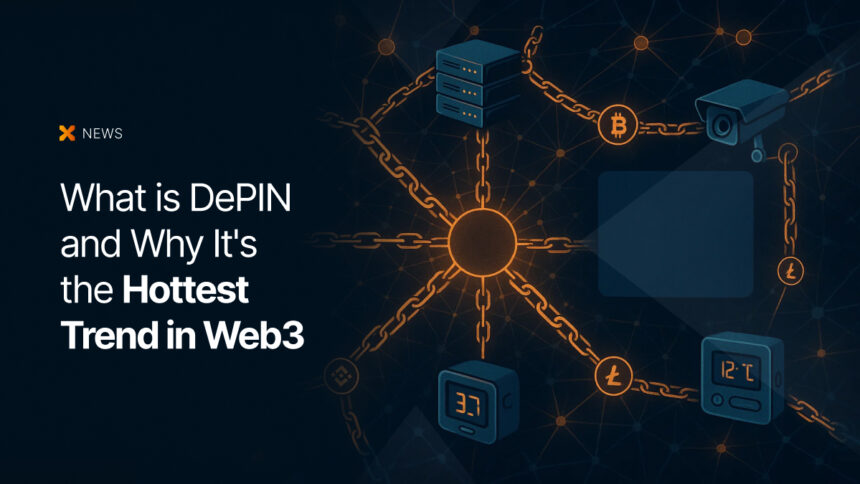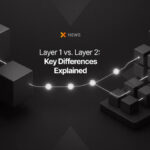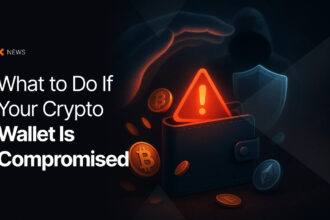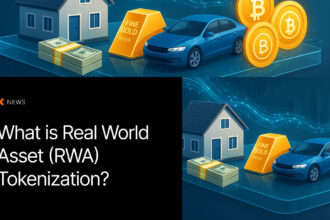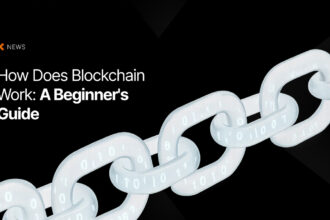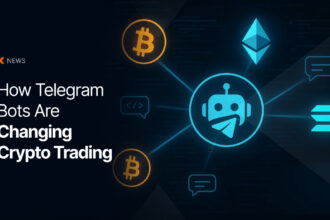Nowadays, blockchain technology is being used in a variety of areas. One of the terms you may come across while researching about blockchain can be DePIN, which is Decentralized Physical Infrastructure Networks. If you are curious to learn what this term means, keep reading.
What Exactly is DePIN?
At its core, DePIN is a decentralized system that manages physical infrastructure assets. These may include things like wireless networks, energy grids, and data storage. But they are different from traditional systems controlled by corporations or governments. Because DePIN flips the script in terms of ownership, by giving control to the community.
Think of DePIN like a public library where everyone can contribute books or borrow freely. Blockchain acts as a transparent, public ledger cataloging a lot of data, from who owns what to the history of each transaction. Also, this is open and accessible to all.
In practice, this means participants can share physical resources. These can include WiFi hotspots, storage devices, solar panels or sensors. Moreover, they can get rewarded with digital tokens for their contribution. This tokenized ecosystem incentivizes participation, creating a fair and resilient infrastructure that’s owned and operated by the people.
How Does DePIN Work?
DePIN networks run on three main pillars:
- Blockchain Technology: Acts as a secure, transparent manager that records every transaction, resource share and governance decision.
- Smart Contracts: Automated, tamper-proof programs that execute agreements, manage rewards and enforce network rules without intermediaries.
- Tokenization: Physical resources get represented as tokens, which can be traded or earned as rewards for sharing resources like bandwidth or energy.
Why Is DePIN the Hottest Trend in Web3?
There are many reasons why a lot of people are interested in this technology. One of these is that it can democratize infrastructure ownership. Also, it can offer transparency, lower costs and other potential advantages. Let’s dive in deeper…
1. Democratizing Infrastructure Ownership
Traditional infrastructure is often controlled by large, centralized players with little transparency. DePIN hands the reins back to everyday users, enabling community ownership and governance.
2. Transparency and Security
By recording every action on an immutable blockchain ledger, DePIN creates unprecedented transparency. This openness can help against fraud and foster trust, while distributed control eliminates single points of failure, enhancing security.
3. Scalability and Resilience
DePIN networks grow organically. Anyone can contribute resources, which means infrastructure can expand faster without bottlenecks. Plus, decentralized control makes these networks more resilient against outages or attacks.
4. Lower Costs and Efficiency
By incentivizing individuals to share their unused resources, this method can cut the costs of building and maintaining infrastructure. Smart contracts optimize resource allocation automatically, ensuring efficient use without middlemen.
5. Real-World Impact Across Industries
From decentralized storage and wireless networks to energy grids and video streaming, there are projects that use this method in various areas. So this technology can offer innovative solutions in a variety of fields.
There are Still Challenges
While they may be promising, DePIN projects face hurdles. This includes unclear regulations, technical complexities of integrating blockchain with physical hardware and the need to attract a critical mass of participants. Addressing these challenges and others will be crucial for mainstream adoption.
The Future of DePIN in Web3
As blockchain technology matures, DePIN may play a role in building decentralized smart cities, secure IoT ecosystems and renewable energy networks. By empowering communities and fostering innovation, this method is can potentially create a lot of positive change in many areas. As time goes on and technology develops, we can begin to see what this method can offer more clearly, as well as what other challenges it may face. You can check out our news page for more content about crypto and blockchain.


